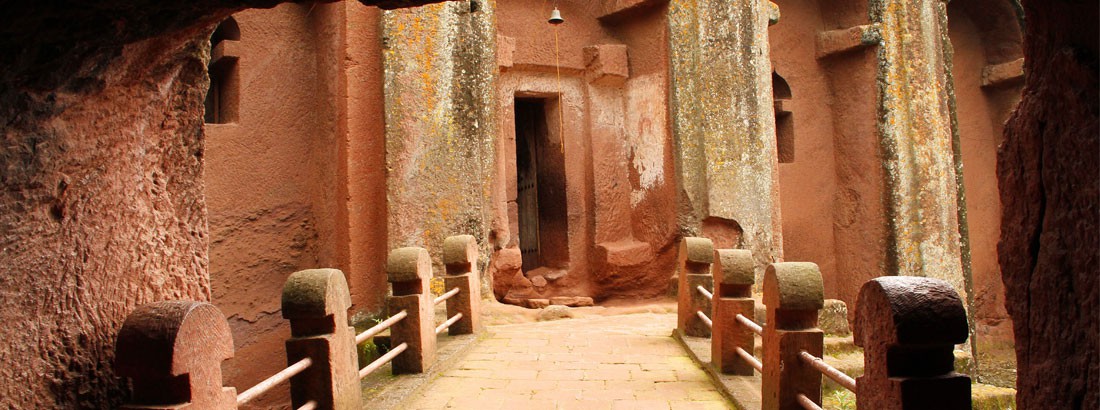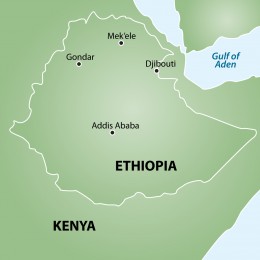
Ethiopia
ANCIENT CULTURE REVEALED
All roads in the winding anthropological road lead back to Ethiopia – the place where it all started for hominids walking on two feet. This is also where Australopithecus afarensis, affectionately known as Lucy, resides in the National Museum. Much more recent history produced twelfth-century churches hollowed from red sandstone, ruins attributed to the Queen of Sheba, frescoed island monasteries, 1500 year old 25-metre obelisks and 17th-century castles – cultural gems in the largely Christian north. The Great Rift Valley divides the eastern and western highlands and their impressive peaks. Sharing a border with Kenya also means that big game mammals are numerous, including lions, elephants, giraffes and leopards in the southern reserves. To cap it all off, 800 bird species have been recorded in Ethiopia, of which several are endemics to this spell-binding country.
NO UPCOMING TOURS AT THIS TIME
BEST TIME TO TRAVEL
The best time to visit Ethiopia is between October and June.
GOOD TO KNOW
The bunna or coffee ceremony is an integral part of the Ethiopian culture.
SIGNATURE MOMENTS
Photographing at close-range the wading birds at Awassa Fish Market
Standing on the edge of the Great Rift Valley
Observing Ethiopian Wolves on the hunt at Sanetti
RECOMMENDED READING
Sign and the Seal: The Quest for the Lost Ark of the Covenant by Graham Hancock
The Blue Nile by Alan Moore
Cutting for Stone by Abraham Verghese
VISAS
Canadian and US citizens require a tourist visa for Ethiopia. The current policy is that tourist visas can be obtained on arrival at Bole International Airport in Addis Ababa.


